
After a 7-year corporate stint, Tanveer found his love for writing and tech too much to resist. An MBA in Marketing and the owner of a PC building business, he writes on PC hardware, technology, and Windows. When not scouring the web for ideas, he can be found building PCs, watching anime, or playing Smash Karts on his RTX 3080 (sigh).
Sign in to your XDA account
We've covered many budget and mid-range gaming builds on XDA, but non-gaming PCs haven't gotten any attention lately. Well, this build guide intends to do just that. Non-gamers either build a no-nonsense starter build for a home office and casual gaming, or a workstation for professional needs. I intend to take the former as a foundation and tweak it accordingly for a performance-oriented rig, recommending components for each of the two builds.
CPU and graphics card
Budget 6-core or powerful 8-core
Starting with the, well, starter build, I've picked an affordable CPU that's more than enough for any budget rig. The Core i5-12400 might be old, but it hasn't lost its charm yet. Priced at only around $140, this 6-core, 12-thread chip is great for any budget gaming PC, but even for non-gamers, it brings decent performance and integrated graphics.
You can always upgrade to, say, the Core i7-12700K or Core i9-12900K on the same motherboard for a massive performance boost. Adding a discrete graphics card for heavier productivity workloads is also simple, considering the power supply and case I've picked for this build.
For performance-oriented users, I'd recommend swapping the 12th Gen, 6-core chip for the Core Ultra 7 265K. For just $300, this Arrow Lake processor provides you with Core i9-14900K and Ryzen 9 7950X levels of performance in most workloads (it suffers a bit in Adobe Photoshop). Most users don't need to spend close to $450 on a 14900K or 7950X for top-notch productivity performance; the Core Ultra 7 265K is quite potent.
The graphics card for this build should ideally be one with ample VRAM, but in the Nvidia camp (which is generally recommended for productivity), that will cost you at least $750 (for the RTX 5070 Ti). Hence, I've recommended the RTX 5070 for around $530 — its 12GB VRAM and decent performance for the price make it a good pick for most productivity applications. The RTX 5060 Ti has 16GB of VRAM, but it's in a different performance league than that of the RTX 5070.

The Intel Core i5-12400 is a solid entry into the budget space. It's still a great processor for a budget gaming or non-gaming build.
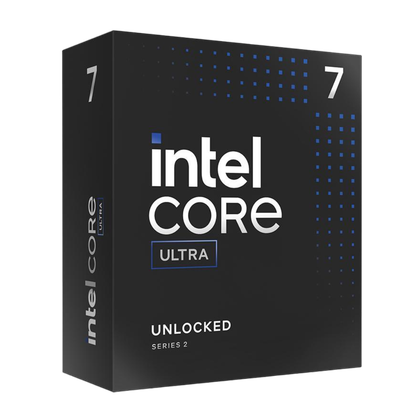 Credit: Source: Intel
Credit: Source: Intel8/10
Cores 8P / 12E
Threads 20
Architecture Arrow Lake
Process TSMC N3B
Rocking 8 P-cores and 12 E-cores, the Intel Core Ultra 7 265K is not short on computing power. Intel managed to cut power draw and drop hyperthreading without sacrificing performance, creating a fantastic and efficient CPU.
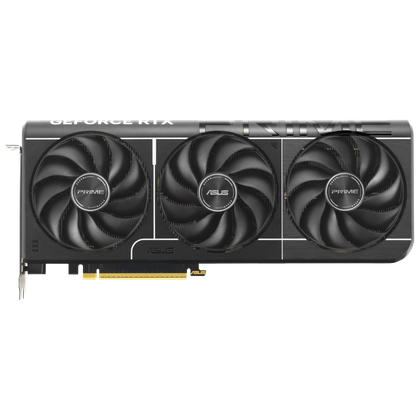
Memory Clock Speed 1750 MHz
Architecture Blackwell
Process TSMC 4N
Shader Units 6144
Ray Accelerators/Cores 48
The RTX 5070 offers great value for its price. Combined with the 12GB of VRAM, it's a dependable card for both gaming and productivity use.
Motherboard, RAM, and storage
All the performance without the premium
For the starter build with a $140 CPU, I can't recommend anything other than a budget motherboard. The ASRock B760 Pro RS is an ATX motherboard with three Gen4 M.2 slots, capable VRMs for future CPU upgrades, and a Gen5 PCIe slot for any discrete GPUs you want to install later. The I/O isn't too bad either, and you get a heatsink for the primary M.2 slot.
In the memory department, a 16GB stick would be right at home, but you'd eventually need 32GB RAM (sooner than later), and mixing DIMMs has the potential to create issues down the line. Besides, a 32GB kit doesn't cost much more than a 16GB DIMM, so the Crucial Pro Overclocking DDR5-6000 32GB kit is what I finally picked. Besides the 32GB capacity, it also provides 6,000MT/s of transfer speed, more than enough for most applications. The Samsung 990 Evo Plus 1TB SSD is my pick for the storage drive — you can add more storage later using the spare M.2 slots.
Coming to the performance-oriented rig, you'll need a stronger motherboard for the Core Ultra 7 265K. Hence, the Gigabyte Z890 Aorus Elite WiFi7 is my pick, thanks to the value it provides for just $200 — excellent construction, superior VRMs, four M.2 slots, including one supporting PCIe 5.0, Thunderbolt 4, Wi-Fi 7, 2.5Gb Ethernet, and screwless slots.
Since performance is the focus of this build, the Teamgroup T-Force Delta RGB DDR5-7600 32GB kit would be the sweet spot, considering the transfer speeds and price. The Samsung 990 Evo Plus 2TB will be the main drive this time around, complemented by the 4TB Seagate Barracuda hard drive for secondary storage.
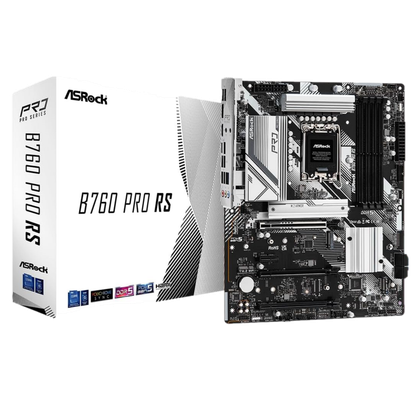
The ASRock B760 Pro RS ATX is an affordable motherboard for Intel systems. Its LGA 1700 socket is compatible with not only 12th Gen, but also 13th and 14th Gen Intel CPUs, allowing a decent upgrade path.
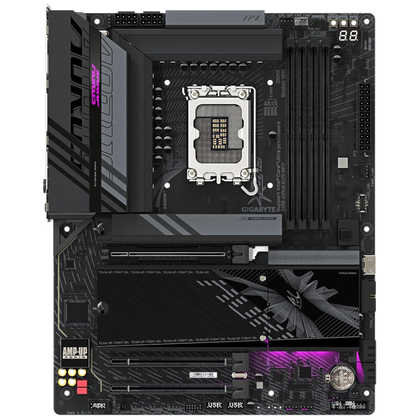
Gigabyte's Z890 AORUS Elite WIFI7 is a value-focused Intel LGA 1851 motherboard with some of the more vital premium features to distance itself from the affordable Z890 boards. The design is also sleek and stealthy with some tasteful RGB lighting.
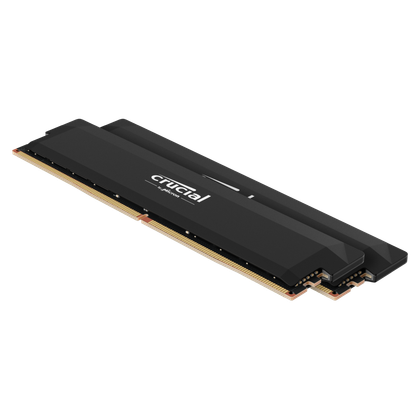 Credit: Source: Crucial
Credit: Source: Crucial8/10
Brand Crucial
Size 16GB, 32GB
Technology DDR5
The Crucial Pro Overclocking DDR5-6000 32GB kit is ideal for budget and mid-range DDR5 systems, providing plenty of capacity and ample speed.

The TEAMGROUP T-Force Delta RGB DDR5-7600 32GB kit allows greater performance for productivity workloads for a small premium over popular but slower DDR5 DIMMs.
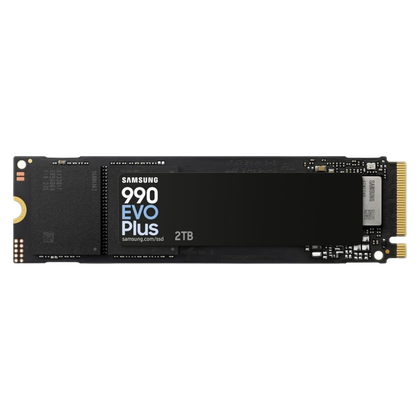 Credit: Source: Samsung
Credit: Source: Samsung8/10
Storage capacity 1TB, 2TB, 4TB
Hardware Interface PCIe Gen 4 x4 / Gen 5 x2
TBW 600TB per TB
The Samsung 990 EVO Plus 2TB SSD offers the best of Gen4 speeds with additional Gen5 capabilities.
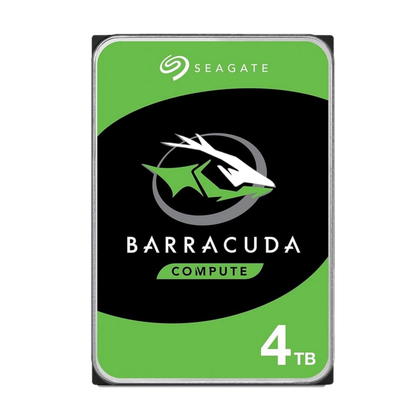
Seagate's 4TB BarraCuda internal hard drive is fantastic for storing tons of data for an extremely affordable price.
PSU, case, and cooler
Keeping the priorities straight
The starter build doesn't need a beefy power supply, but we also need to account for future upgrades. To balance that need with affordability, I picked the MSI MAG A750BN PCIE 5 power supply, an affordable 750W, Bronze-rated unit with enough chops to handle reasonable CPU and GPU upgrades down the line. The Zalman i3 Neo is a fantastic case for the price, considering the four pre-installed fans, great airflow, and impressive looks. The Core i5-12400 works perfectly fine with the stock cooler, so you don't need an aftermarket cooler for this build.
The power supply for the performance build doesn't need to be overkill; the MSI MAG 850GL is sufficient. It's an 850W, Gold-rated, modular PSU with ATX 3.1 and PCIe 5.1 support, and a 10-year warranty. The case I've picked is the NZXT H9 Flow due to its spacious interiors, striking design, top-tier airflow, and support for almost any future upgrades.
Finally, the Core Ultra 7 265K can work with a decent air cooler, but if you're overclocking it or planning to upgrade to a beefier CPU later, the Thermaltake TH360 V2 ARGB Sync is a 360mm liquid cooler that provides plenty of cooling for an attractive price.
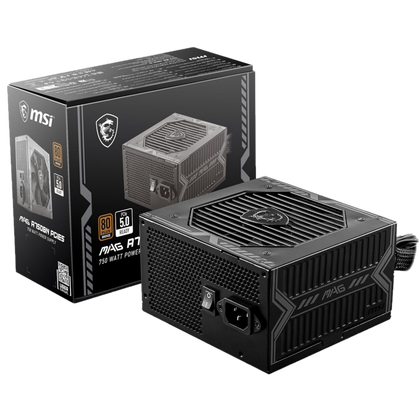
The MSI MAG A750BN is a PCIe 5.0, 750W, Bronze-rated power supply for budget PCs that need the ability to upgrade to more powerful GPUs and CPUs in the future.
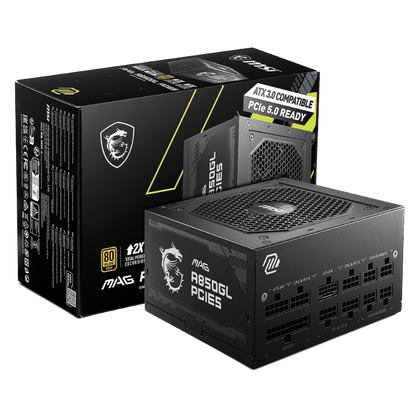
The MSI MAG A850GL is one of the latest ATX 3.1 power supplies with 850W of 80+ Gold power efficiency, perfect for future-proofing your gaming PC.
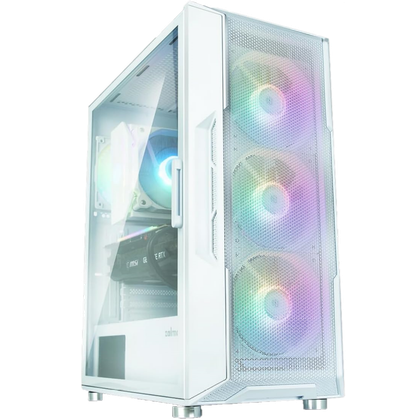
The Zalman i3 Neo is an affordable case that comes with 4 RGB fans and a hinged, tempered glass side panel. With a front mesh, space for GPUs up to 355mm in length, a good-looking design, and support for 240mm (top) and 360mm (front) radiators, it more than justifies its asking price.

Brand NZXT
Motherboard Size (Max.) ATX
Graphics Card Size (Max.) 435 mm
3.5" Drive Slots 2
2.5" Drive Slots 4+2
The NZXT H9 Flow is a premium mid-tower chassis from a reputable brand that offers a unique take on the traditional PC case design. It has ample support for water cooling, excellent thermal performance, and a gorgeous aesthetic.
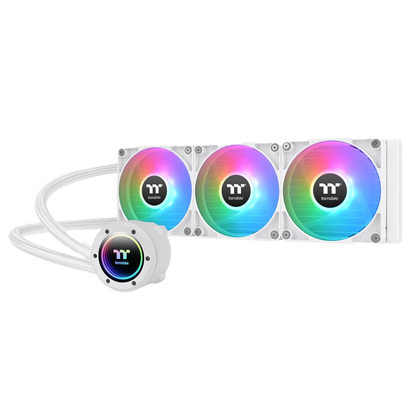
The Thermaltake TH360 V2 ARGB Sync AIO liquid cooler is one of the most value-packed cooling systems you can buy. It is not only more than enough for any 6-core CPU but will keep pace with any future CPU upgrades you make. The ARGB fans and pump can be customized to sync with the overall RGB theme of your build.
Non-gaming builds come with different priorities
The difference between building a gaming and a productivity PC lies in only a few choices. Where the focus in the former is on the graphics card, the CPU shines in the latter. Of course, faster storage, more memory, and better cooling also matter more in a productivity build, since you need the maximum performance and want to push the components to the limit. Gaming builds also require quality components, but you can often enjoy the same performance with a strong GPU and value picks in the other departments.
.png)












 English (US) ·
English (US) ·